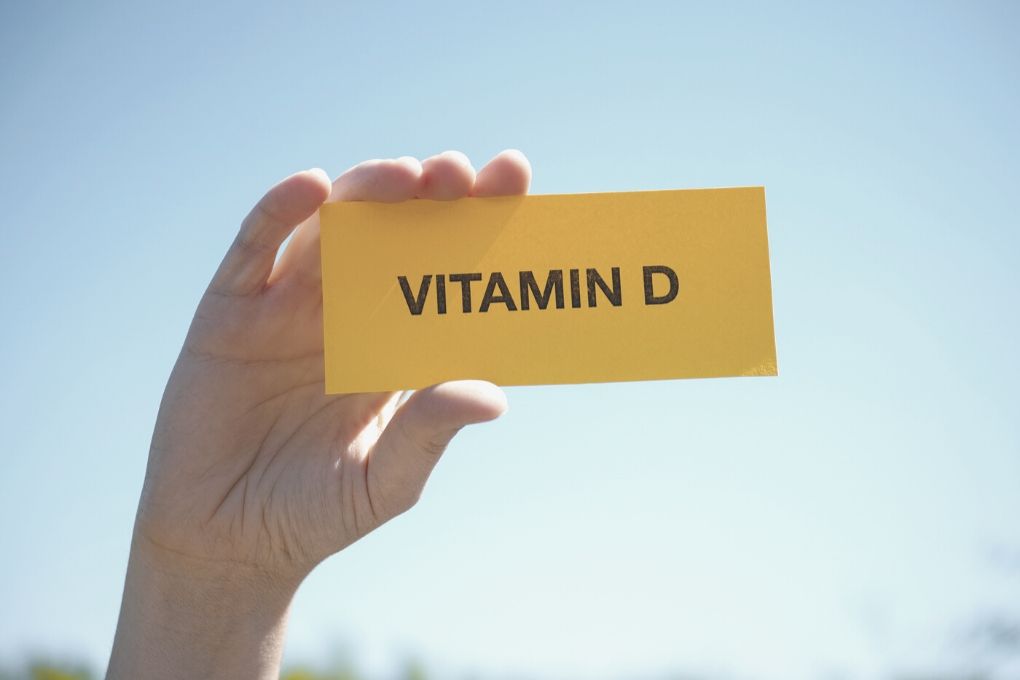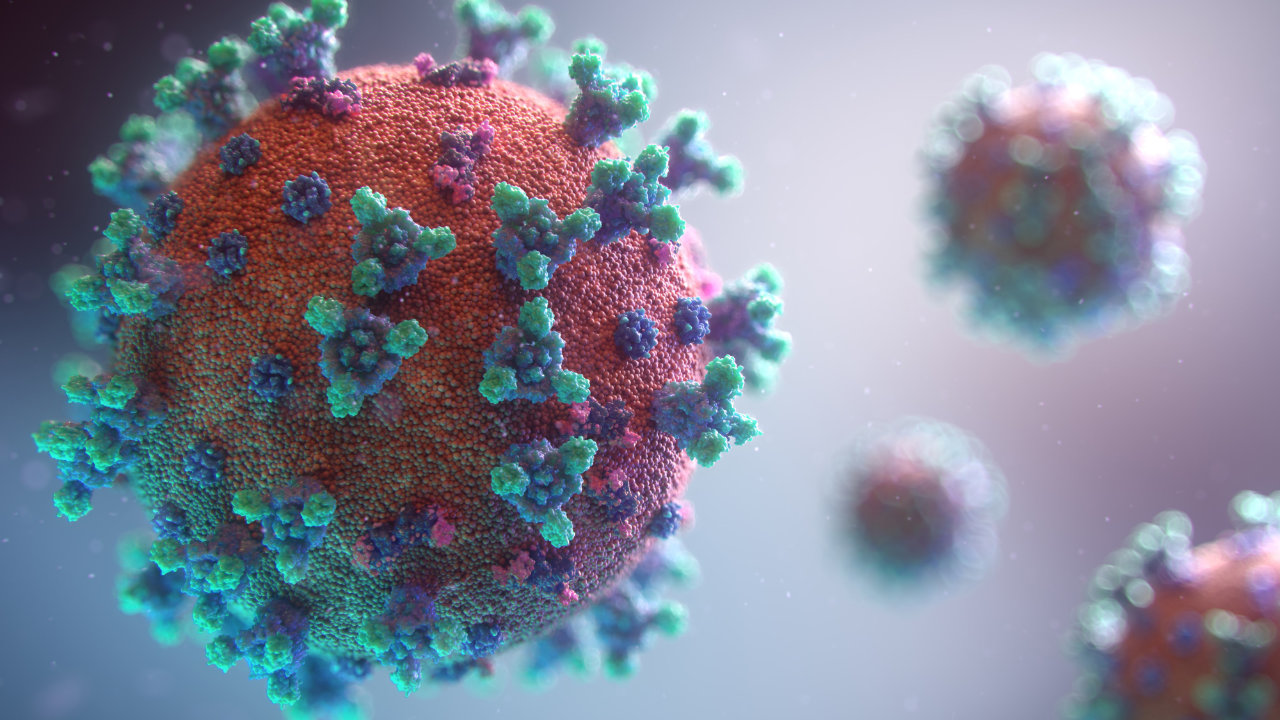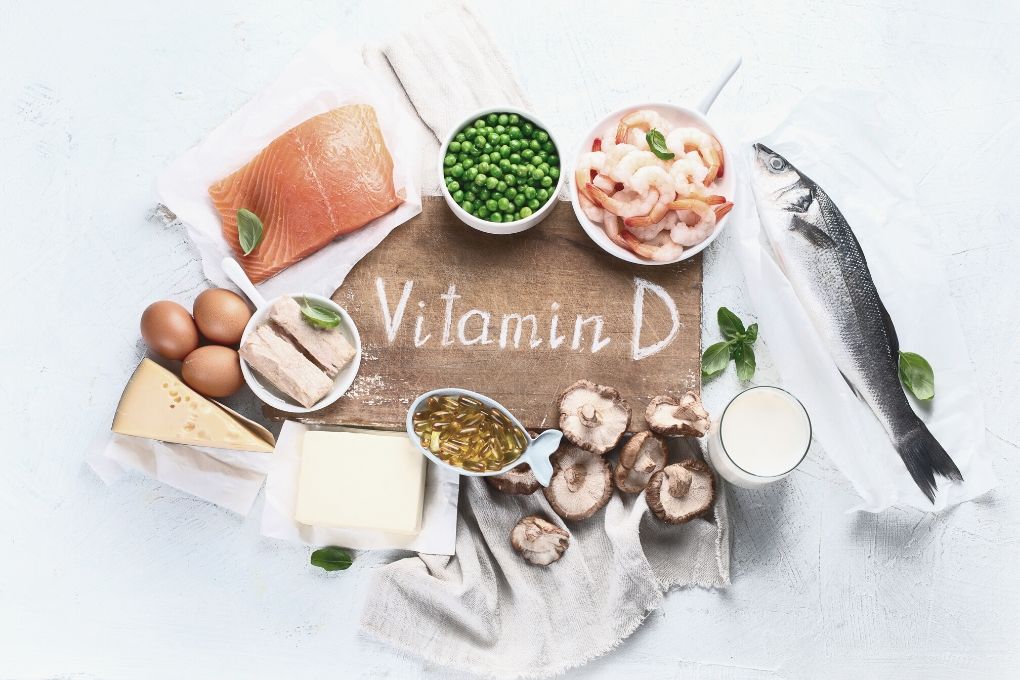So it’s that big month many Australian’s attempt each year, Dry July!! That’s right, not drinking any alcohol for the entire month. But is it really that hard for us Aussies to do? And what is the real reason behind Dry July?
Let’s start by tackling the easier question there. What is the reason for Dry July? No, it’s not to build awareness around safe drinking limits however this is a great spin off. It is actually to help raise funds for people affected by cancer!
About Dry July & it’s important Cause
This year, the Dry July foundation have decided that because 2020 has been a pretty challenging one thus far, they are providing three options when it comes to Dry July. You can either go a whole 31 days without alcohol or you can do Dry(ish) July and choose either 21 or 14 days. Either way the goal is to raise as many funds as you can as well as reap the health benefits of saying no to alcohol.

So where do the funds go? The money helps fund important services for cancer patients, their families and the carers. These services include Wellness Programs, Accommodation, Comfort Items, and Hospital Equipment. It could even help fund transport for a patient to an important appointment. This isn’t always the easiest, especially when it means driving long distances like up to Perth.
How can you raise money for Dry July? Sign up to the cause via their website and gain access to their money saver calculator. You may be surprised at just how much money you can raise alone by not spending money on alcohol but instead redirect it to Dry July. You will also receive a link that will allow your friends and family to donate in support of your efforts.
On top of helping raise funds for this incredibly important cause, you and your health can also benefit. Did you know the recommended daily and weekly limits in Australia have recently reduced? They now recommend that adults have no more than 10 standard drinks a week and no more than 4 standard drinks on any one day. This may shock some of you and possibly prompt you to reassess just how much you are actually drinking.

Drinking Culture in Australia
According to Drinkwise, 20% of Australians abstained from alcohol in 2017, an 11% increase from 2007.
So is it really that hard for many Australian adults to stop drinking alcohol? This is a tricky and very complex question to answer however it is an intriguing one to think about. Drinking alcohol is strongly intertwined within our culture whether it be to celebrate, to relax after a day’s work or to socialise with friends. As an adult if you aren’t drinking at an event, function or social gathering you are usually questioned as to why.
However is this social trend starting to change? According to Drinkwise, 20% of Australians abstained from alcohol in 2017, an 11% increase from 2007. We also found in a report by global measurement and data analytics company Nielsen, that 66% of 21-34 year old alcohol drinkers said they are making an effort to reduce their overall alcohol intake.
We are now also seeing a rise in trendy non-alcoholic beverages such as Seedlip Distilled Non-alcoholic spirits, Peroni Libera (0% alcoholic beer), and Ceders non-alcoholic gin (0.01% alc.)
Health Impacts
We know that drinking above the recommended daily intake can have numerous negative impacts on your health & overall wellbeing. Including:
- Increase risk of cancer, heart disease or liver cirrhosis
- Depression, anxiety and mental wellbeing
- Relationships – can increase likelihood of arguing, reduce your sex drive, alienate your friends
- Finances & financial pressures – excessive drinking is expensive as well as has the potential to impact your work and financial income.
Many of these impacts are well understood but are not the easiest to tackle. If you identify with any of the above we recommend speaking with your doctor or qualified health professional to seek help.
How to reduce your alcohol intake
On a lighter note, if you would like to try reducing your alcohol consumption to be a bit healthier or to take on the fabulous Dry July cause here are some suggestions that may help.
- Try your hand at making some of the tasty Mocktail Recipes such as Watermelon, Strawberry & Lime Mocktail and Raspberry Lime & Mint Mocktail
- Remind yourself of the health benefits:
- improve your mood and sleep
- increase your energy
- improve your relationships with your loved ones
- help you perform better at work
- lower your risk of long-term health problems such as cancer and heart disease
- save you money
- Work out a plan including: goals, triggers, strategies and who your support network is going to be.
- Organise alcohol-free events with your friends
- Catch up over a coffee instead of at the pubs
- Remember you are raising money for a really important cause.
Best of luck to everyone who is taking part in Dry July this month. And remember, you can always speak to a pharmacist if you need more resources, to find out where to get help, and how to manage any withdrawal symptoms.
Visit the foundation website here.
Visit:
Our Services













